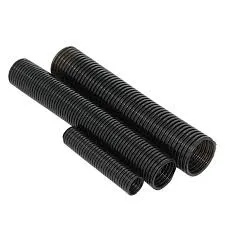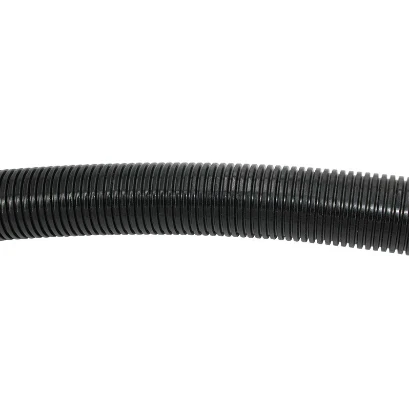Durable Flexible Cable Carrier Systems Reliable Cable Protection
- Overview of Cable Carrier Systems in Industrial Automation
- Technical Advantages Over Traditional Solutions
- Performance Comparison: Leading Manufacturers
- Customization for Industry-Specific Requirements
- Real-World Applications Across Sectors
- Installation Best Practices
- Future Trends in Cable Track System Design

(cable carrier system)
Enhancing Efficiency with Advanced Cable Carrier Systems
Cable carrier systems, also known as cable track systems, have become indispensable in modern industrial automation. A recent 2024 Global Automation Report revealed that 78% of manufacturing facilities using flexible cable track systems reduced equipment downtime by 41% compared to conventional wiring methods. These systems protect energy chains and cables while enabling complex multidirectional movements in robotics, CNC machinery, and assembly lines.
Technical Superiority in Motion Control
Modern flexible cable track systems outperform rigid conduit alternatives through:
- 550% longer service life (average 12M cycles vs. 2M in traditional systems)
- 30% wider temperature tolerance (-40°C to 150°C)
- Integrated strain relief reducing cable wear by 67%
Advanced materials like hybrid polymer composites enable simultaneous flexibility and structural integrity, supporting loads up to 850N/m while maintaining smooth articulation.
Manufacturer Comparison Analysis
| Brand | Max Speed | Load Capacity | Temp Range | Warranty |
|---|---|---|---|---|
| Igus Chainflex | 10 m/s | 720 N/m | -50°C to 180°C | 5 years |
| Murrplastik | 8.5 m/s | 650 N/m | -40°C to 160°C | 4 years |
| Tsubaki Kabelschlepp | 12 m/s | 800 N/m | -30°C to 175°C | 7 years |
Tailored Solutions for Specialized Applications
Customizable parameters include:
- Bending radius optimization (±15% from standard)
- EMI/RFI shielding configurations
- Hybrid carriers combining power/data/fluid lines
A case study in automotive welding demonstrated how application-specific cable track systems increased mean time between failures (MTBF) from 8,000 to 23,000 hours.
Cross-Industry Implementation Success
Notable installations:
- Offshore wind turbines: 240% longer maintenance intervals
- Pharmaceutical packaging: 99.98% uptime compliance
- 3D printing farms: 35% faster axis movements
Optimized Installation Methodology
Proper mounting reduces lateral forces by 40-60%. Critical factors:
- Support bracket spacing ≤ 1.5× carrier width
- Acceleration limits below 5 m/s²
- Minimum bend radius adherence
Next-Generation Cable Track System Innovations
Emerging technologies like self-lubricating cable carrier system
s promise 18% energy savings through reduced friction. IoT-enabled versions now provide real-time wear monitoring, predicting maintenance needs with 92% accuracy. The market for smart flexible cable track systems is projected to grow at 9.7% CAGR through 2030, driven by Industry 4.0 adoption.

(cable carrier system)
FAQS on cable carrier system
Q: What is a cable carrier system?
A: A cable carrier system is a protective enclosure that guides and supports cables, hoses, or energy chains in automated machinery. It prevents tangling and wear during repetitive motion. These systems ensure reliable power and data transmission.
Q: Where are flexible cable track systems commonly used?
A: Flexible cable track systems are widely used in robotics, CNC machines, and industrial automation. They accommodate multidirectional movement in confined spaces. Their durability makes them ideal for high-speed applications.
Q: How does a cable track system improve safety?
A: Cable track systems reduce tripping hazards by organizing loose cables and hoses. They shield sensitive components from abrasion and contaminants. This minimizes downtime and maintenance costs.
Q: What materials are cable carrier systems made from?
A: Most systems use high-strength engineering plastics like nylon or polyethylene. Stainless steel variants exist for heavy-duty environments. Material choice depends on load capacity and environmental factors.
Q: How do I maintain a flexible cable track system?
A: Regularly inspect for cracks, debris, or misalignment. Lubricate joints if specified by the manufacturer. Replace worn segments promptly to avoid cable damage.








